-
FREE MEMBER
NO Posting or PM's Allowed

Last edited by 31Kilo; 01-09-2013 at 09:55 PM.
-
01-09-2013 09:47 PM
# ADS
Friends and Sponsors

-
FREE MEMBER
NO Posting or PM's Allowed

This one has a 18.5 inch barrel, but the sight bead seems original,....were 18.5 inch barrels standard in the Stephens line?
-
-
FREE MEMBER
NO Posting or PM's Allowed

Nobody......
-
Advisory Panel


Give it a minute, they'll be along.
-
-
Legacy Member

It's a cut-down barrel. The one asterisk mark on the barrel means full choke.
It's interesting that the gun has a choke marked barrel for that serial number because only the early made Military 620 shotguns have the barrel choke marks while the later guns do not. The serial number of this shotgun is very high for a Military 620. The receiver should be US marked if it is a Military gun. The Military guns also have P proofs and ordnance bomb marks on the side of the barrel and receiver. I have seen some 520s with the proof P marks on top of the barrel and receiver like this gun, but they also had the normal proofs and ord bomb on the sides.
-
Thank You to Tom Doniphon For This Useful Post:
-
FREE MEMBER
NO Posting or PM's Allowed

After some research and Tom's input I'm beginning to think it may be a 30" gun that was cut down, the fact that its 18.5" along with the single asterisk, leads me to think that. It was well done and it looks as though they retained the original bead. I have seen some references to military BPP guns that went up to 32,000. The guy I got it from had no idea the double pp proof mark had any significance, if I didn't do any research here, I wouldn't have either. Thanks for chiming in any other insight would be greatly appreciated.
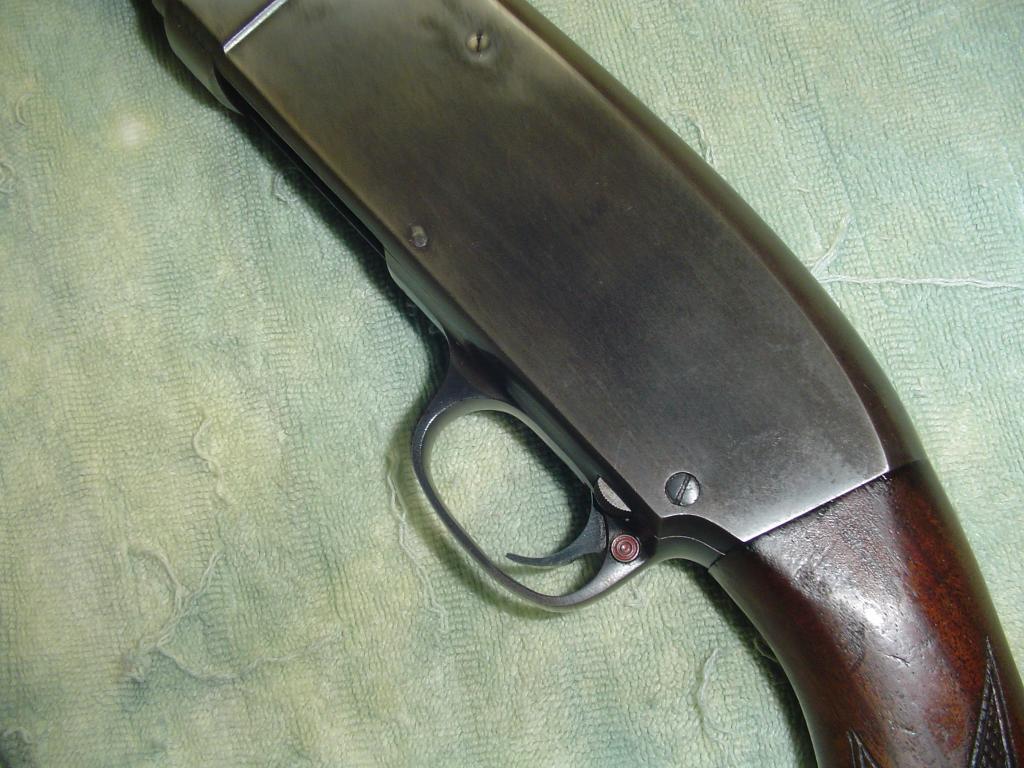
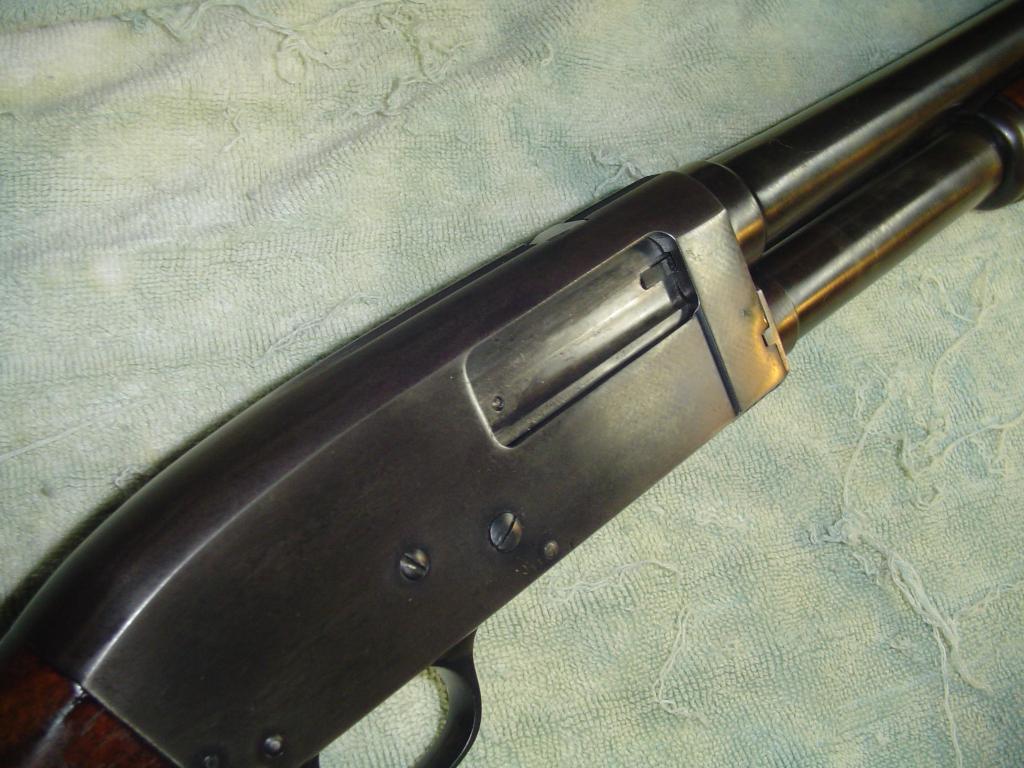
Last edited by 31Kilo; 01-11-2013 at 03:22 PM.
-
Legacy Member

It's highly unlikely that it is a Military 620 shotgun. Keep in mind that the number of WW2 Militiary 620 shotguns made for the Govt' is less than the serial number range they fit into. In other words, it seems Stevens did not use all the serial numbers in that range for Military guns. They may have made some commercial guns in that range too.
Have you ever removed the barrel group from the receiver to see if the serial number on the barrel matches the receiver? The barrel serial number is located in the action bar slide groove in the barrel head.
-
-
FREE MEMBER
NO Posting or PM's Allowed

Barrel serial number matches, I was under the impression that commercial sale Stevens did not have the double PP proof marks, that those were added when it was accepted during the " Blanket procurement program" again this is what I have gleaned from reading a lot of internet talk no actual knowledge of that statement.
-
Legacy Member

If memory serves me right, The Blanket Procurement Program ended by the Spring of 1943, and I believe your shotgun was manufactured after that time. So I don't think it's a Blanket Procurement gun.
I have data on some of the late manufactured Stevens 520 & 620 WW2 trench guns, and they have the second set of P proof marks on top. There must have been a change in the way the guns were proofed or for some reason these late made shotguns had to be re-proofed, hence the second set of proof marks on top. Your shotgun serial number falls in the late part of the known WW2 range. That might explain the proof marks on top, but why it does not have any other martial markings, including the normal Military proofs on the side, is a bit of a mystery. Without any kind of "US" property marking, I tend to think it's a commercial gun.
-
-
Legacy Member

Something to keep in mind also is the over abundance of forged markings on commercial guns to make them appear military. Of course I couldn't say for sure regarding your gun, but I have seen more than I care to out there floating around on the market. Many of them are haphazardly done by folks who don't know what the gun should be marked as to begin with. Thankfully it makes them easy to spot. You may have a gun someone did half the work on in terms of an attempted forgery. I'm not playing conspiracy theorist here, I'm just throwing in one more possibility. In the end, there is probably a reason it's marked with the double "P".
For the commercial Stevens experts out there: Is is plausible that this could have been proofed by a smith after converting this from a field gun to what it is now? I know it seems kind of silly to us now, but maybe it's a way to simply show the gun was tested after altering. I don't know, shooting from the hip here. Of all the crazy and strange things I've seen on old shotguns I've learned to be open minded perhaps to a fault.
-
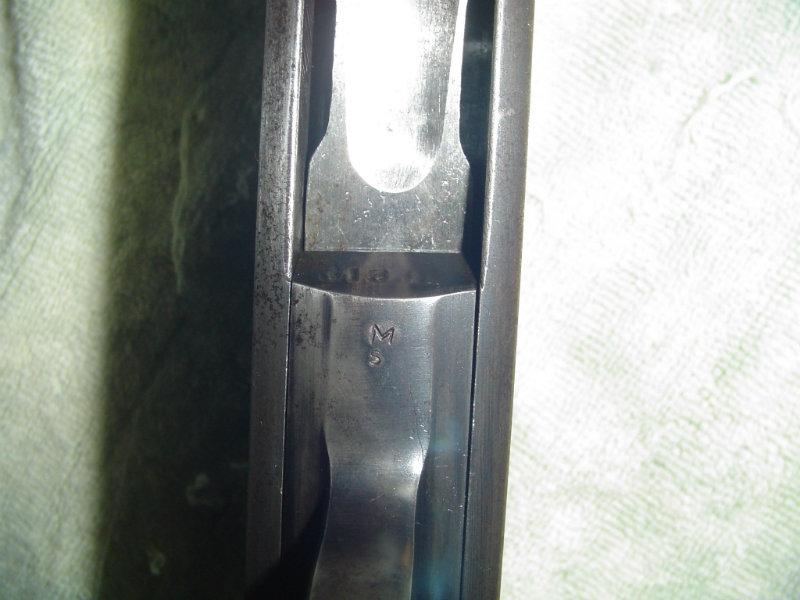 Information
Information














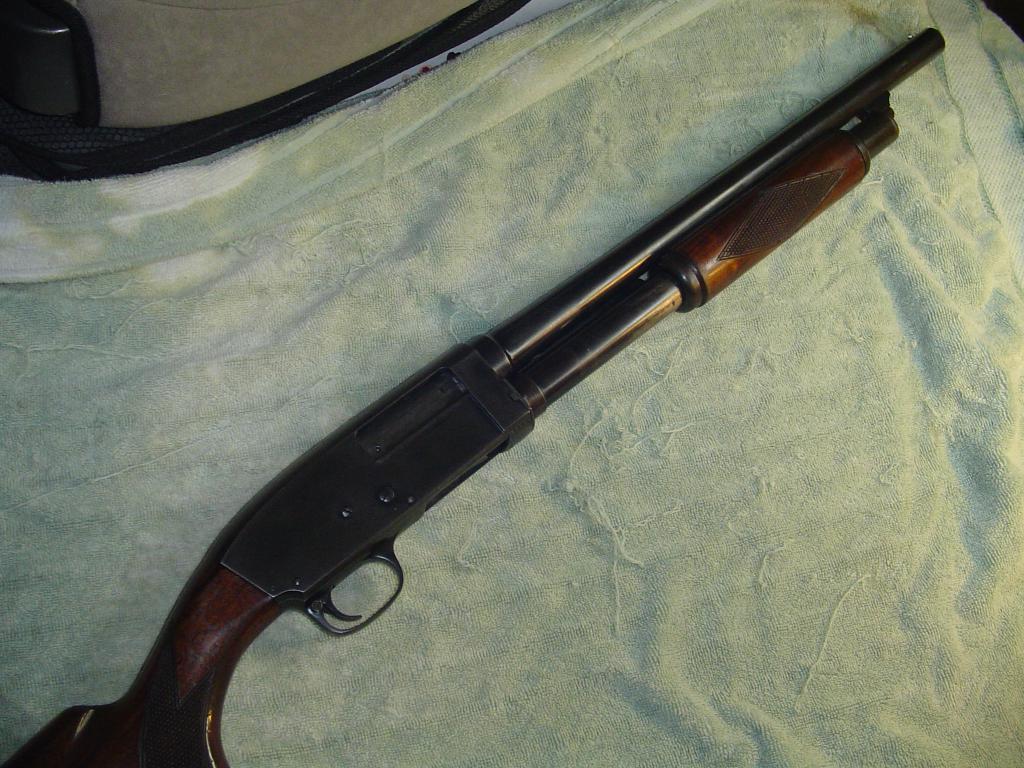
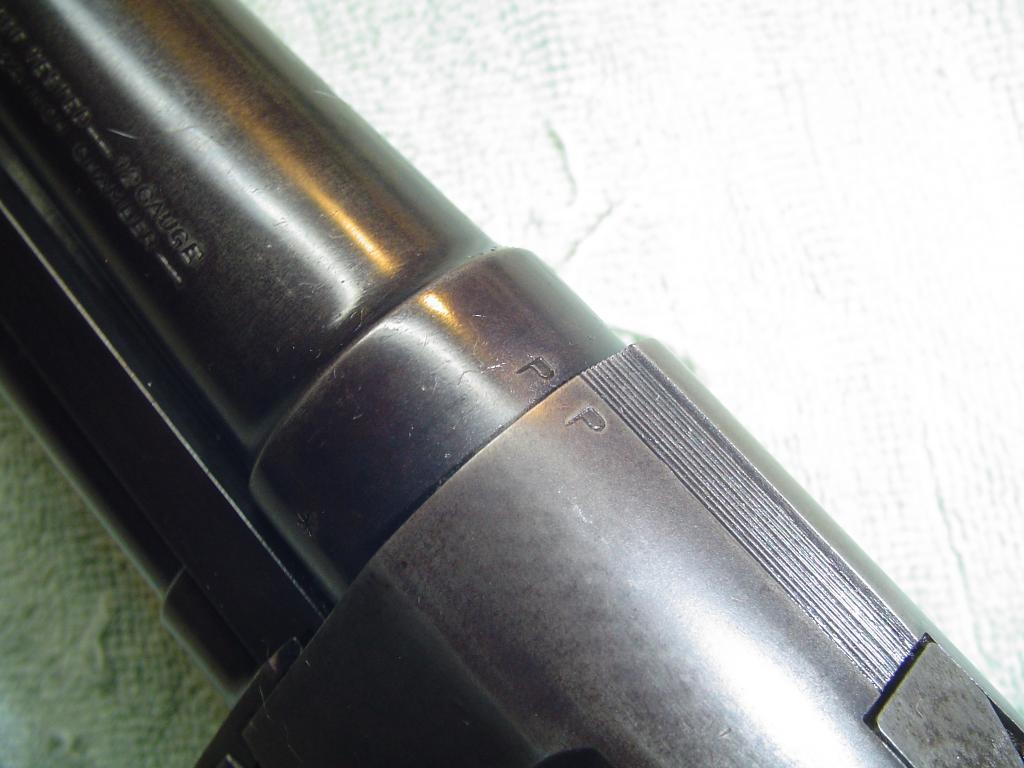
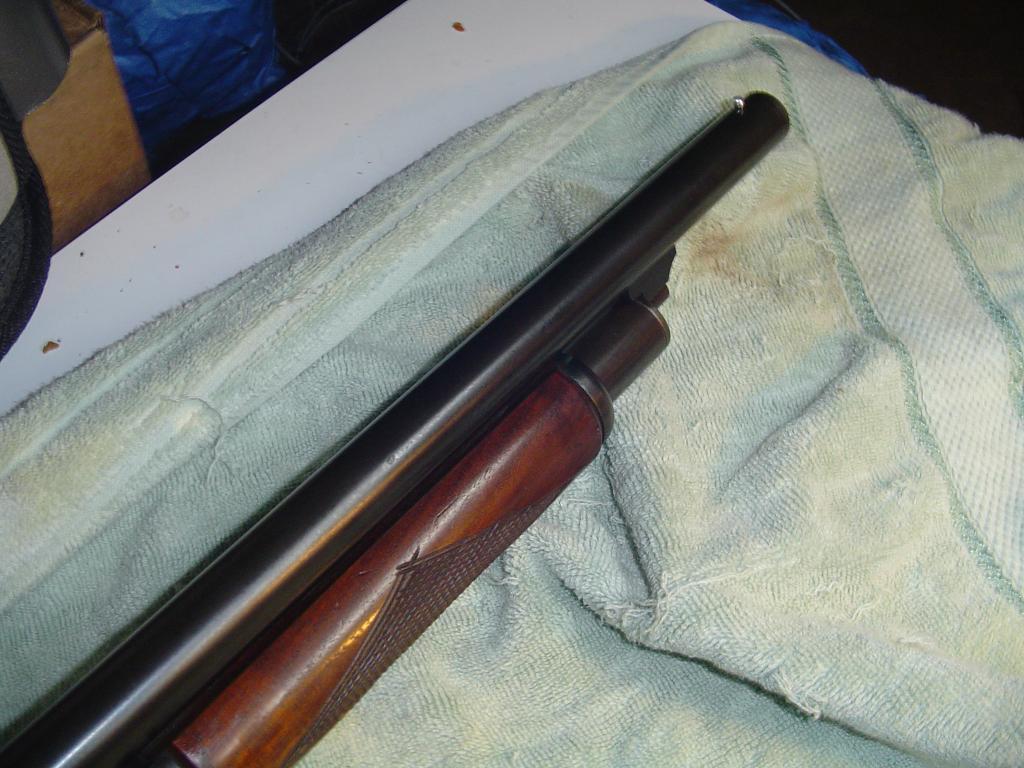
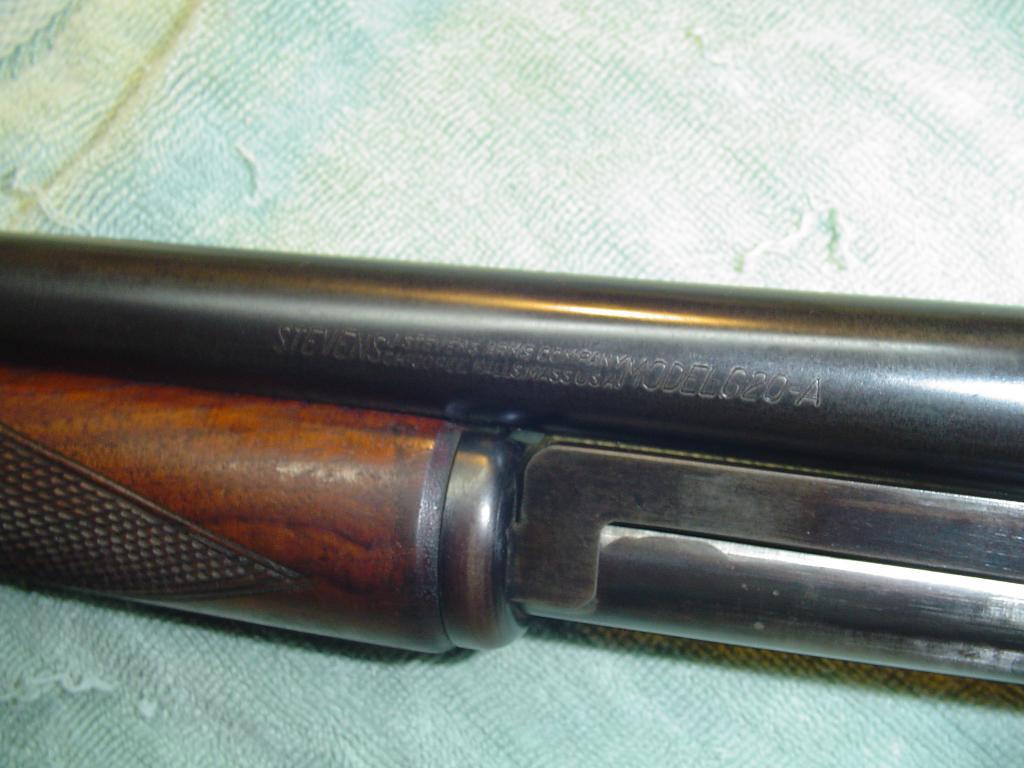
 Register To Reply
Register To Reply












